Planting and caring for lyatrix outdoors
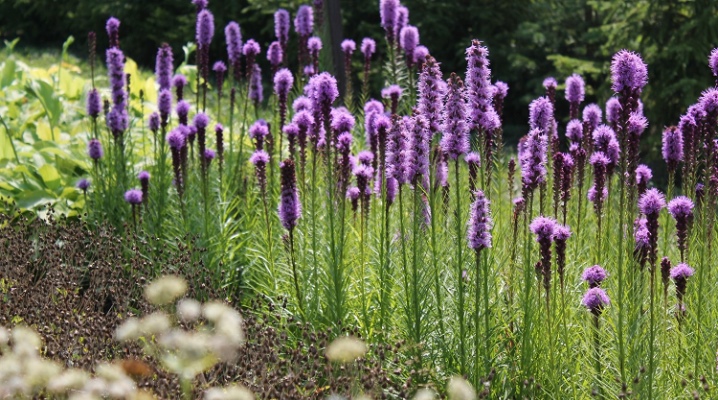
Many gardeners are wondering how to properly plant and grow perennial liatris so that this plant grows quickly and gives a lush, long flowering. This is not at all difficult - the culture is unpretentious in care and is resistant to frost. However, in order for it to delight you with its decorative look as long as possible, you need to know about the peculiarities of planting and caring for liatrix.
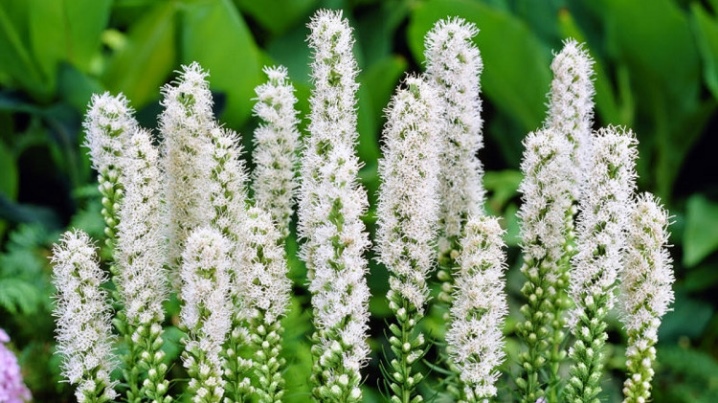
Landing dates
For flowering liatris, at least 14-hour daylight hours are required, and for the formation of flowers, the temperature should be kept at the level of 10-13 degrees. However, as practice shows, exposure to temperatures in the region of 5-6 degrees for 12 weeks has a beneficial effect on the duration of flowering and its quality. Based on these requirements, autumn or the beginning of spring can be called optimal for sowing liatris. This culture is not afraid of frosts, therefore, with a podzimny sowing in spring, you can get strong and healthy shoots.
Experienced gardeners prefer to plant seeds in the fall and thin out the seedlings in the spring, leaving only the healthiest seedlings. In the spring, planting is carried out after the earth has completely warmed up and the threat of return frosts has passed. So, in central Russia and in the Moscow region, you can plant a flower already in April.

Site and soil selection
Liatris prefers well-lit areas, since when grown in full or light shade, the decorativeness of flowers deteriorates significantly and the growth of the entire bush as a whole slows down. The culture can grow in any substrate, but fertile, water- and air-permeable soil with a weakly acid reaction in the range of pH 6.0-6.5 is considered optimal for it.
The culture can also be planted in dry sandy substrates, but there it will be weaker, the inflorescences will be smaller, and the flowering period will be shorter. Perennial does not tolerate waterlogged heavy soils, staying in them often leads to decay of the roots. It is best to prepare the land for them in advance. To do this, a site for planting is dug up with the addition of peat, a small amount of crushed clay, as well as any loosening materials, for example, perlite and river sand, you can also use composted pine bark.
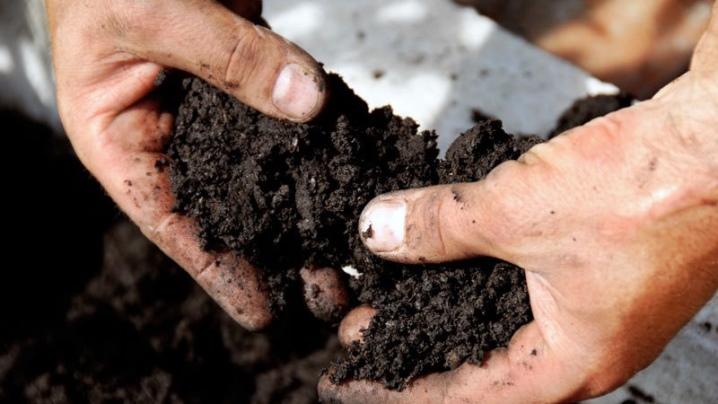
How to plant?
Liatris bulbs are planted at a depth of 10-15 cm, the interval between the holes is kept at the level of 20-25 cm. You can buy planting material in any specialized trade enterprise, the tubers are not particularly susceptible to drying out, therefore, in any case, they will sprout and, most likely, will give flowers already in the current season. Important: only the bulbs of the current season are suitable for planting.
In Siberian regions, gardeners are often used for planting seedlings in open ground. The fact is that the spring period begins there much later than in the middle lane, so the seedling method will significantly speed up the process of growing a crop. To do this, at the end of winter, plant the seeds in small pots, while it is better to deepen them by no more than 1 cm, and moisten the soil from a spray bottle. In order for the plants to germinate as quickly as possible, they must be placed in a warm, bright room in the house and watered as the substrate dries. As soon as the seedlings get stronger, they can be hardened. To do this, they are taken out into the street in the daytime.Keep in mind that this can only be done under favorable weather conditions. At the end of May, when the weather is already more or less settled, the plants can be moved into open ground by the transfer method so as not to violate the integrity of the roots.
The distance between adjacent bushes should be kept at the level of 15-20 cm.
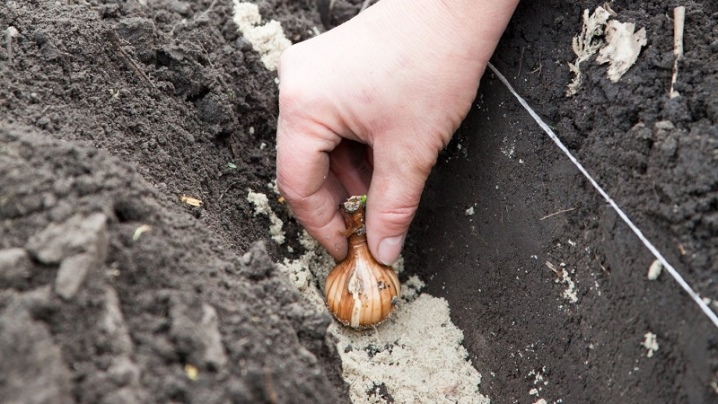
Care rules
Liatris in the people often referred to as an Indian flower... This nickname is explained by the fact that it is an unpretentious plant, resistant to diseases and garden pests, its agricultural technology does not present any difficulties. That is why even inexperienced growers can grow it.
Watering
Liatris is very fond of moisture, although a short-term drought will not have a detrimental effect on him. For a crop, one watering every 5-7 days is quite enough, and if the weather is rainy, it does not need any additional irrigation.
Waterlogging is much harder for the culture. - excess moisture becomes a common cause of root rot. That is why, even at the stage of preparing the site for planting, it is very important to equip a drainage trench to drain water so that the water does not stagnate. Usually, the next day after watering, a crust appears on the surface of the soil, which prevents oxygen from reaching the roots and impairs the nutrition of the plant.
To prevent this, the ground near the bushes must be loosened after each moistening.

Top dressing and fertilizers
3-4 times during the growing season, liatris must be fertilized. Mineral and organic compounds are suitable for the plant; such regular feeding contributes to a full-fledged lush flowering. In the spring, it is desirable to give preference to nitrogen compounds, they stimulate the build-up of green mass and active growth. The same fertilizers will be optimal before wintering. In the summer, liatrice need phosphorus and potassium preparations. In addition, compost can be poured around the bushes - it promotes better flowering.
Please note that complex fertilizer can be applied both in liquid and dry form. It is advisable to carry out all dressing after rain or watering, otherwise there is a great risk of burning the roots. It is very important to avoid getting fertilizers on the green parts of the plants (leaves and stems).
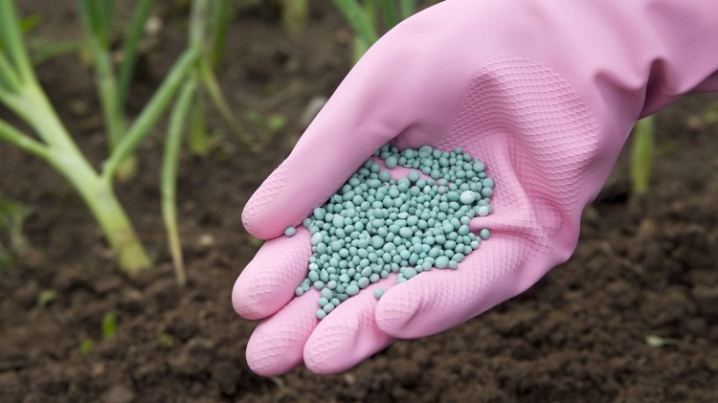
Pruning
Liatrice pruning is most often carried out to decorate bouquets and flower arrangements. In a vase, they can stand up to 10-14 days. Also, slices are very often used for drying. In order for the lyatrice to dry out evenly, it can be tied with a cut up on a rope, and then placed in a warm, dry, ventilated room.
All inflorescences after flowering must be cut off, otherwise the plant will lack vitality to release new peduncles.
Keep in mind that you do not need to cut the stems, but only the inflorescences themselves.
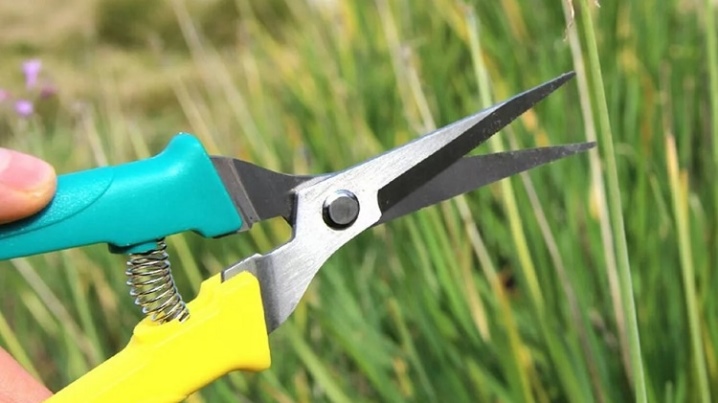
Wintering
Liatris is highly resistant to frost, so the root part can be left in the ground for wintering - they do not require digging before frost.
At the end of autumn, the entire bush must be cut almost to the soil surface, and then covered with mulch. (it is best to use humus or peat) with a layer of 7-10 cm. In the northern regions with severe winters, it is additionally recommended to cover it with spruce branches or agrofibre.

When and how to transplant?
The liatris transplant is completely painless, and these manipulations can be performed at any time throughout the growing season. Nevertheless, experienced gardeners believe that the optimal time for transplanting a crop is late April-early May, as well as September. Liatris rhizomes are shortened, with a large number of small roots, so they are easy to separate. These manipulations do not present any difficulties: the bush must be dug out together with a lump of earth, carefully cleaned the rhizomes from the substrate and poured with water, then carefully divided and planted at a distance of 35-45 cm.
When planting tubers, it is very important to correctly determine where it is up. If at the time of transplantation the buds have not yet woken up, then you can place the planting material in moist moss in order to awaken it in this way.
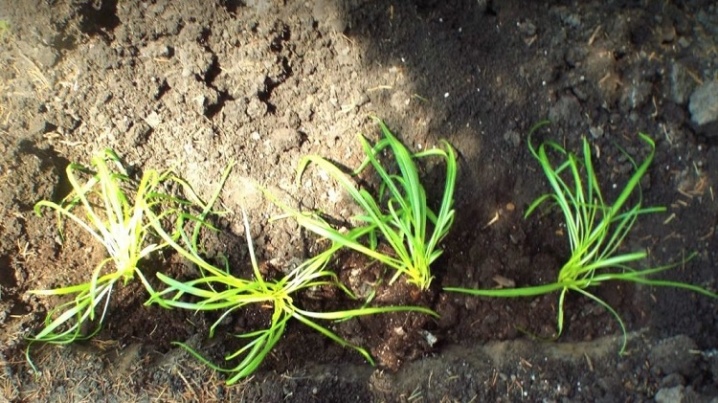
Reproduction methods
The most popular varieties of Liatrice are Burning Star, Flamingo, Bengal Fire and Blue Bird. They can be propagated by seeds, as well as by division. Let's dwell on each of them in more detail.
Growing from seeds
Liatris sets seeds very abundantly, so there is no shortage of seed material. Before planting, the seedlings should be exposed to low temperatures, thus natural stratification occurs. This procedure is optional, but the seeds germinate better in this case. If the planting is carried out in the fall, then the seeds will overwinter in the soil and they will not have any problems with germination in the spring. Please be aware that seeds grow very slowly, and it will not be possible to achieve the first flowering earlier than in 3-4 years.
Plants can be planted in containers in advance, in this case, all the main work must be carried out in January-February: the seedlings are planted in multi-tiered trays and covered with a light layer of vermiculite - this will provide the necessary moisture level and will promote better germination. During the formation of seedlings, the soil temperature should vary between 18-21 degrees, at night it is recommended to reduce the heating level to 6 degrees in order to accelerate the germination of seedlings.
The first sprouts can be noticed after a couple of weeks, after which the heating should be gradually reduced to 15-18 degrees, and after another month you can pick the seedlings in a larger container.
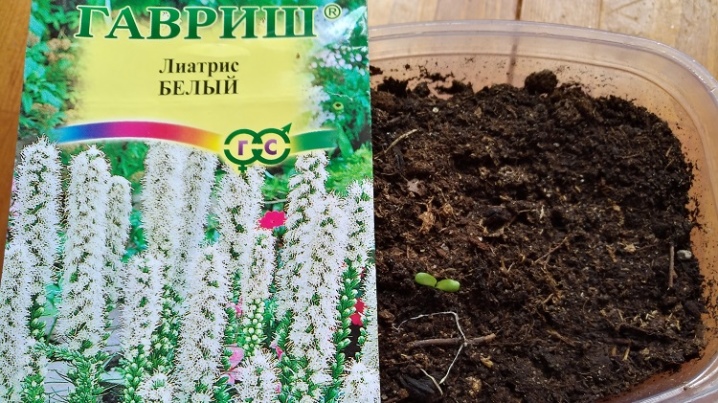
Dividing the bush
In the process of transplanting, you can divide the bush into two or more parts. It is advisable to carry out such manipulations every 3-5 years. The best time for work is considered the beginning of spring or the end of autumn. The bush is carefully dug up and divided by hand into several parts so that each has a root collar with several bulbs. Places of cuts must be disinfected with crushed wood ash or activated carbon. For planting, planting holes are prepared with a depth of 25 cm so that the roots fit in them completely. You can add a little humus to the ground.
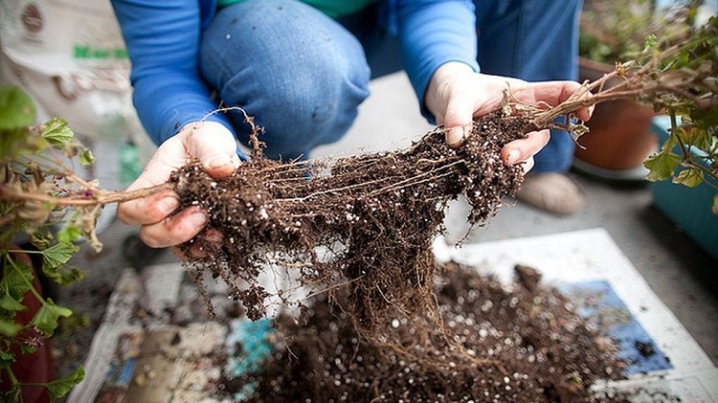
Tuber division
This method of breeding liatris can be resorted to every year. The tubers of this culture visually resemble flattened bulbs, which are connected to each other by shoots. These shoots can be divided into two parts and thus a new planting material can be obtained, which will give abundant flowering in a year.
The bulbs are placed in the ground in holes 10-15 cm in diameter, after which they are covered with garden soil mixed with humus in a ratio of 2: 1. The first shoots appear in a month.
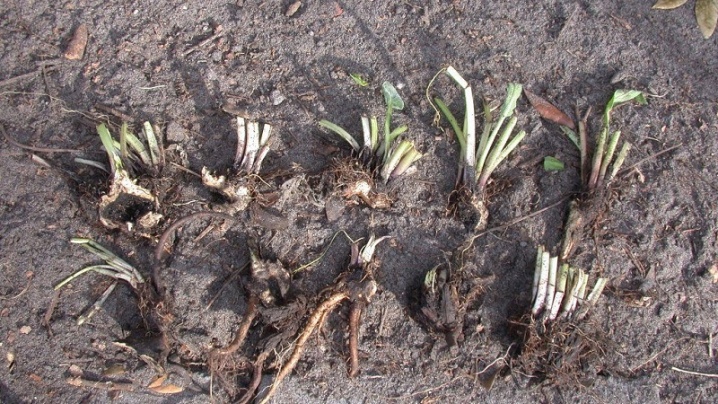
Diseases and pests
Liatris, growing in comfortable conditions, is highly resistant to diseases and attacks of garden pests. but if the plants are grown in a humid dark place, they are very often affected by rust. In this case, it is better to choose another, more suitable place, remove all damaged fragments of the bush, treat with fungicides, and destroy plant residues by burning.
If there are no visible traces of damage on the ground green part, but the plant itself looks stunted and depressed, most likely the reason for this is root rot. To reanimate the bush, you need to clear it of the earth, get rid of all damaged parts, soak the tuber roots in a weak solution of potassium permanganate, and then transplant it to a more comfortable place.
As for pests, then the greatest damage to the plant is brought by the vole mice, which like to eat tubers, as well as wireworms and bears... In order to protect the roots from rodents, you can use the planting in a special net.If the planting of Liatris is too compacted, then the plants become susceptible to fungal infections, therefore, every 3-4 years it is necessary to divide the bushes, especially since in the old inflorescences the peduncles do not grow up, but bend outward. This form does not add much charm to the composition.

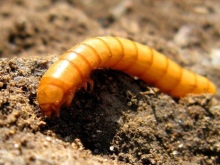

In the next video, planting, breeding and caring for a lyatrix are waiting for you.







































































































The comment was sent successfully.